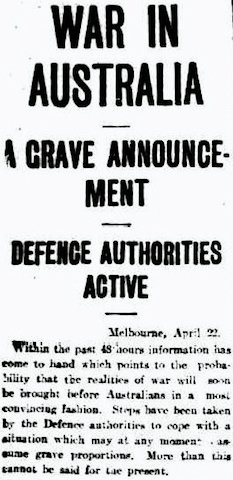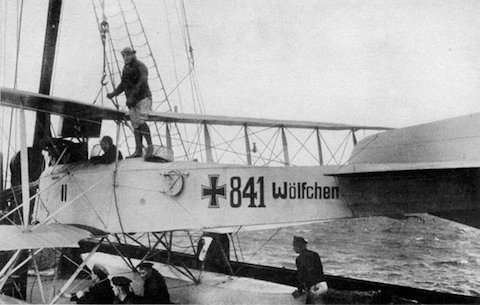In May 1941, after nine months of German bombing and the evacuation of yet another British army from Europe, the Daily Mirror printed a fascinating little piece of futurism, in the form of a letter written as though it was May 1944, with Britain victorious and Germany prostrate. The headline itself gives some idea of this future shock: '"On our television set we saw CHURCHILL in BUSTED BERLIN!"'1 -- the television transmitters at Alexandra Palace had been switched off since September 1939. Invoking the early television experiments functions here as a promise of a better world to come, and not just because the 'bad old war days' will be over.
There isn't a lot about how the war actually went, but it would seem that it ended in 1943. There's no indication that the United States played any part in the war (though it is friendly to Britain; there are now no 'passports and visas and quotas' to bar travel between them). Or the Soviet Union for that matter (Barbarossa is still over a month away at this point). Britain seems to have won the war through bombing, or at least that's the only form of military activity mentioned:
My gosh, they've certainly got on with the work of rebuilding Berlin after those terrific winter blitzes by the R.A.F.! British authorities are directing the work. It hasn't so much been renovation as recreation, because just before the Germans sued for an armistice, there was precious little left of Berlin and it had been completely evacuated of everyone bar soldiers and A.R.P. people.
This (along with Wilhelmstrasse and Friedrichstrasse being 'just blotted out') suggests that British air raids became so heavy that Berlin had to be evacuated of all non-essential personnel. Hamburg too was hit hard: it 'was finished in the spring of 1942 and it isn't functioning as a port yet'. At some point Hitler died, though how isn't stated. It seems clear that the British air raids were the cause of the German armistice request (this was written long before unconditional surrender, of course), or perhaps that's just me.
...continue reading
- Daily Mirror, 17 May 1941, 7. There's even an illustration showing Churchill's television appearance in front of the Brandenburg Gate, or at least that's what I think it is; sadly it isn't clear enough to reproduce here. [↩]





